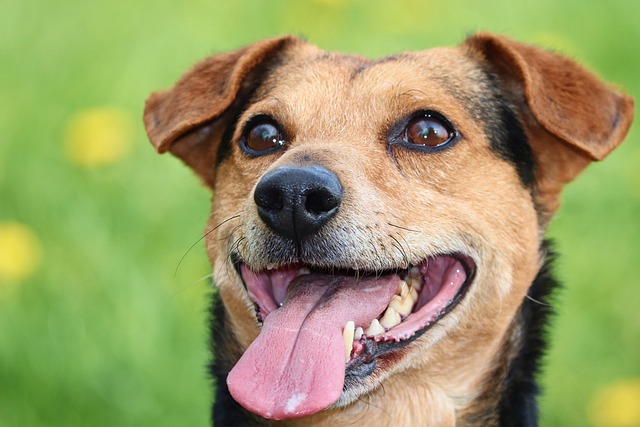
How do i train my dog to be obedient?
Watching your dog dart across the park ignoring your calls isn’t just frustrating—it can put them at risk near busy streets or public spaces.
Before heading to your local park or trail, check the area’s rules—many public spaces in urban areas require leashes unless marked otherwise, and violating these can lead to fines. Start training in a quiet, fenced backyard where distractions are low; this helps your dog focus on your commands instead of squirrels or passing bikes. Use small, soft treats your dog loves to reward even tiny steps, like looking at you when you call their name—positive reinforcement builds trust faster than scolding.
Once your dog reliably responds to “come” and “stay” in the backyard, gradually move to busier spots, like a neighborhood greenway with few other dogs. Keep training sessions short, around 10 to 15 minutes, so your dog doesn’t get bored; ending on a successful note, like them staying by your side for a minute, keeps them excited for next time. Always carry a leash with you, even if the area allows off-leash—you never know when a sudden noise or another animal might distract your dog, and being prepared keeps everyone safe.

Pay attention to your dog’s body language; if they start pulling away or sniffing intensely without checking in, it’s a sign to slow down. Maybe go back to a quieter area or take a break with some playtime—training should feel like fun, not a chore. Also, familiarize yourself with local laws beyond leash rules, like required vaccinations or waste cleanup—staying compliant not only avoids trouble but also sets a good example for other dog owners in your community.
As your dog gets better at off-leash training, let them explore a little more, but always keep them within sight. Call their name every few minutes to reinforce the habit of checking in, and reward them with praise or a treat when they do. Remember, every dog learns at their own pace—some might master off-leash skills in a month, while others take longer, especially if they’re easily distracted. Patience is key; rushing the process can make your dog anxious and less likely to listen.
Off-leash training isn’t just about letting your dog run free—it’s about building a strong bond where your dog chooses to stay close because they trust you. Over time, you’ll both enjoy the freedom of walks in parks or trails, knowing you can rely on each other. Just keep those local rules in mind, stay consistent with rewards, and celebrate every small win—before you know it, your dog will be your most loyal off-leash companion.

Watching your dog dart across the park ignoring your calls isn’t just frustrating—it can put them at risk near busy streets or public spaces.

New puppy owners often find themselves rushing to clean up accidents before they set in, and that’s where puppy pad training becomes a game-changer.

If you've noticed your dog's waistline disappearing and your veterinarian has mentioned those few extra pounds, your first instinct might be to simply reduce the amount of food in their bowl.

Training a dog to use a designated spot indoors isn’t as daunting as many new owners fear, but it does take consistency and an understanding of your pet’s needs.

That moment of dread on a walk is all too familiar for many new dog owners. You see another dog approaching down the sidewalk of your neighborhood

If the sight of another dog on your neighborhood walk makes your heart sink as your own dog erupts into a frenzy of barking and lunging, you're not alone.